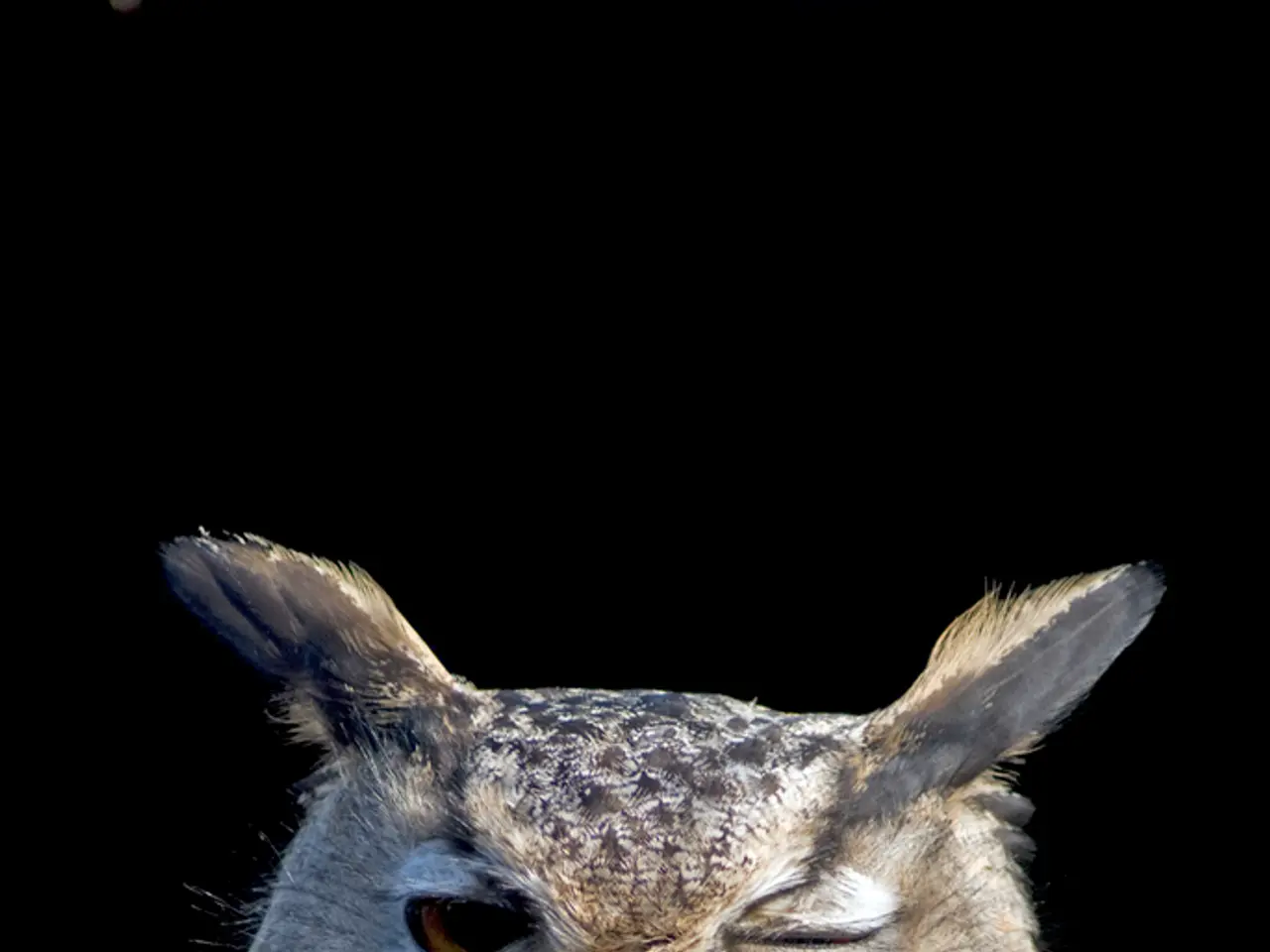Featherless Owls: A Rare Glimpse into Their Anatomy and Survival
In an unusual sight, owls without their signature feathers have been observed, revealing a surprising lean and lightweight bird frame beneath. These featherless creatures face numerous challenges but also offer a unique glimpse into their anatomy and survival strategies.
Owls, typically known for their silent flight and agility, possess a streamlined body that becomes even more apparent when devoid of feathers. However, this lack of plumage presents significant obstacles. Featherless owls struggle with thermoregulation, as feathers play a crucial role in insulation. Their flight efficiency is also compromised, making it difficult for them to navigate and hunt effectively. Moreover, without feathers, these birds are left vulnerable to predators and environmental hazards, and their camouflage is significantly reduced, impacting their ability to hide from prey or avoid detection.
Feather loss in owls can stem from various causes, including molting, illness, injury, or genetic abnormalities. Wildlife rehabilitation centers step in to aid these featherless birds, providing medical treatment, controlled environments, and specialized diets to support their recovery. The regrowth of feathers is a gradual process involving the healing of follicles, dietary influence, and the bird's natural molt cycles.
Featherless owls, while facing numerous challenges, offer a fascinating insight into the critical role feathers play in avian survival. Their stories remind us of nature's resilience and the importance of human intervention in wildlife conservation. By understanding the significance of feathers to owls, we can appreciate the need for protective measures to safeguard these majestic creatures and other birds from environmental threats.




